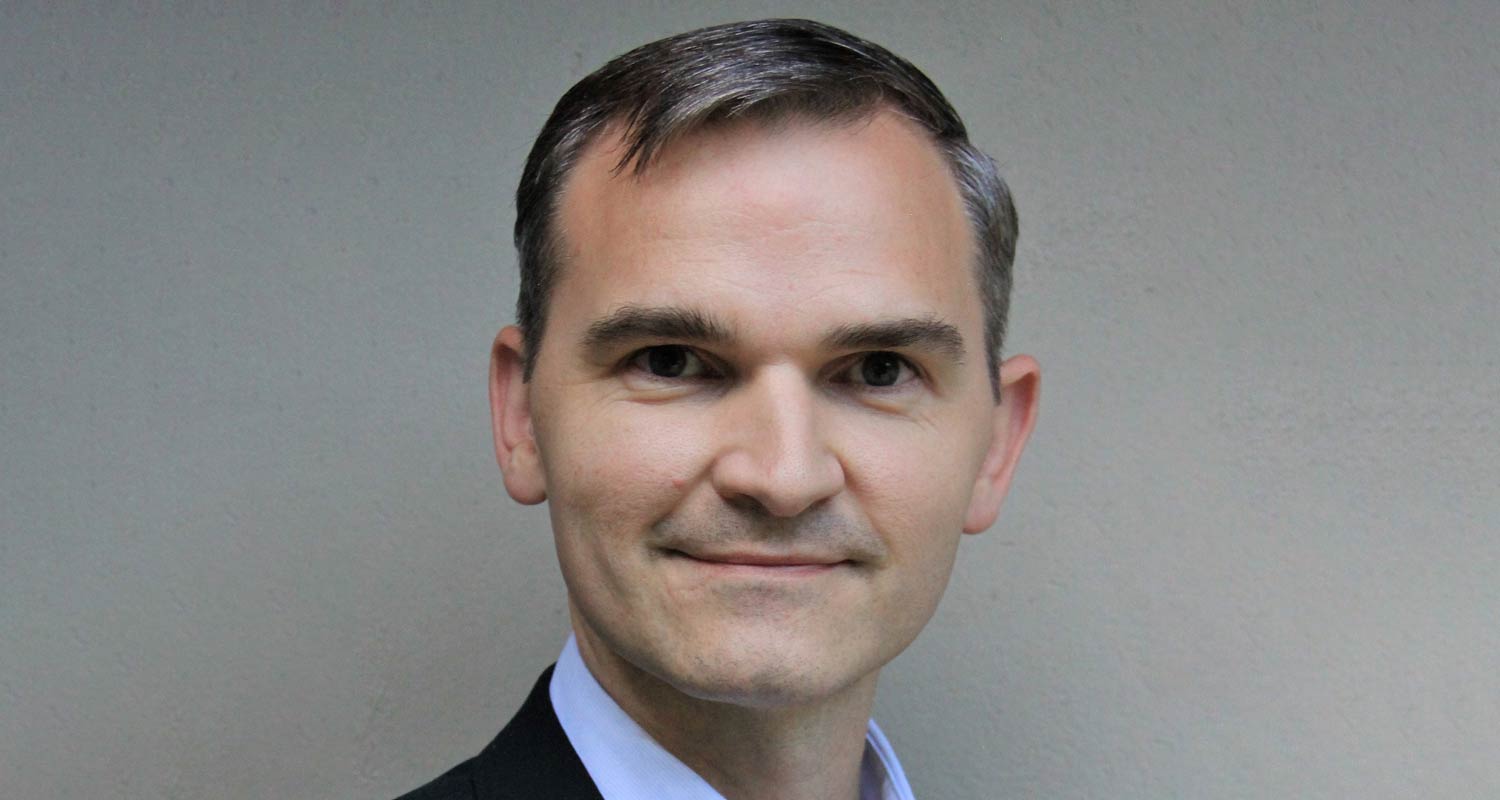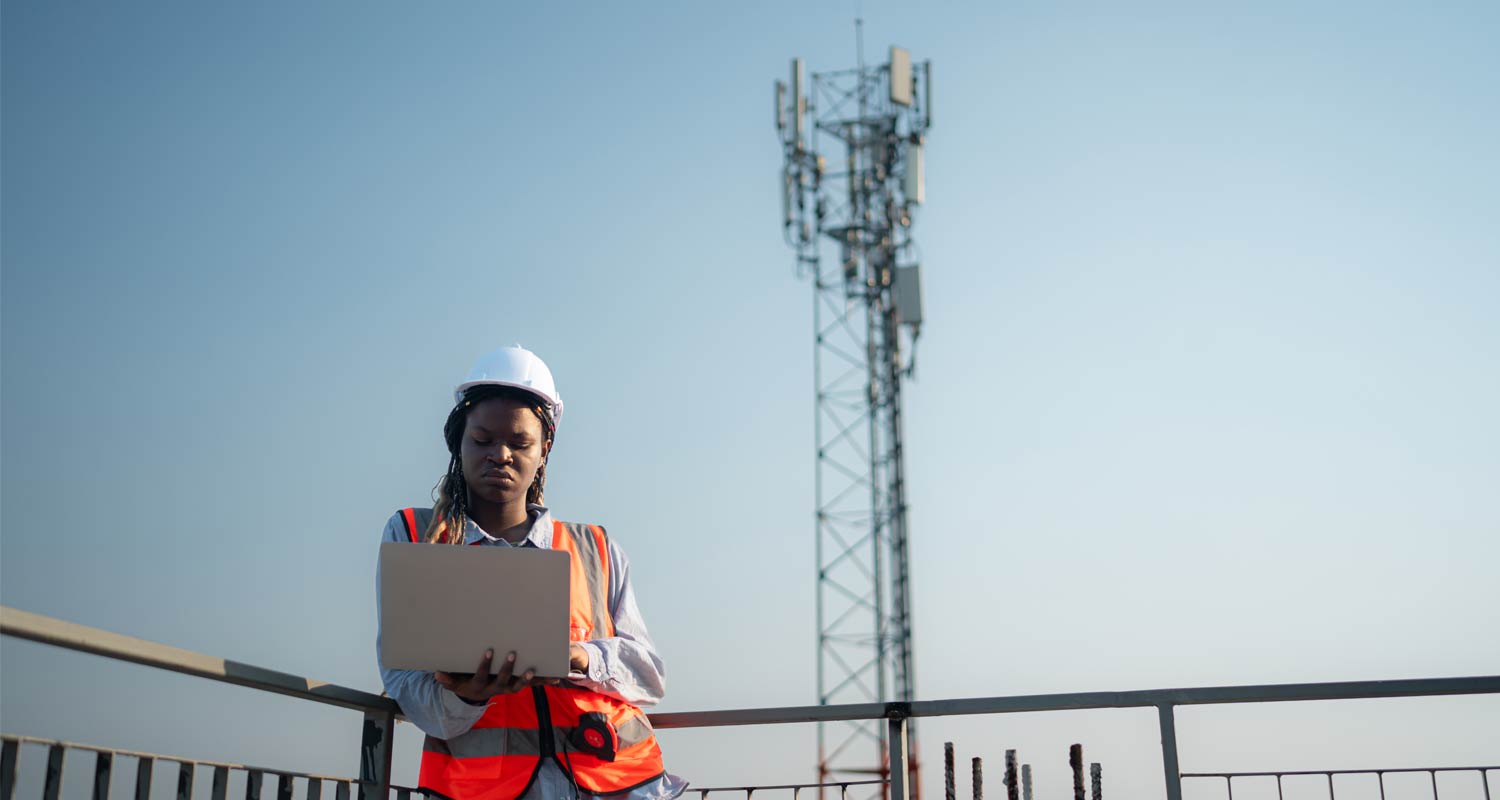
A tenfold improvement in speed – from 1Gbit/s to 10Gbit/s – that the evolution of 5G networks promises gives this latest iteration of mobile broadband connectivity standards a leg-up in the battle for market share with fibre.
5.5G – also known as 5G-Advanced – promises huge competitive advantages for mobile operators look to compete with fixed-fibre rivals.
Although wireless technologies are faster to deploy and typically have reach in areas where fixed-line fibre is yet to be installed, it hasn’t been able to match fibre’s superior speeds, lower latency and stability.
According to Zoltan Miklos, GM for network planning at MTN South Africa, 5.5G has the potential to provide a user experience that matches fixed-line fibre’s performance, but mobile operators need more spectrum to exploit the capabilities of 5G-Advanced fully.
“You could argue that more than 30% of South African homes are covered by fibre, but in reality what we see is that in a lot of cases people use mobile as their primary connection to the internet,” Miklos said in an interview with TechCentral.
“What additional spectrum does is allows you to get closer to fibre speeds and fibre capacity. The higher the spectrum capacity, the more you can create a fibre-like service.”
Miklos said MTN achieved speeds of up to 8.7Gbit/s in a 5.5G trial at its Fairland, Johannesburg headquarters. Spectrum for the trial was requested specifically for demonstration purposes from communications regulator Icasa and granted temporarily on condition that it could not be used for commercial applications.
Millimetre-wave band
South Africa differs from many other jurisdictions in that spectrum in high-frequency bands (28GHz and higher), also known as the millimetre-wave bands, is yet to be licensed to mobile operators. Like the 5G standard on which it is built, 5.5G is designed to operate in multiple frequency bands. However, 5.5G gives higher speeds and greater network capacity when deployed at higher frequencies.
MTN hopes Icasa will make the “high bands” available in the next spectrum auction, which Icasa plans to run in its 2025/2026 financial year. “We have aspirations to get more spectrum, particularly in the high bands,” said Miklos.
Read: Icasa wants operators to learn to share spectrum
MTN’s 5G-Advanced trial was run using kit supplied by China’s Huawei Technologies. Vendors like Huawei are exploring a variety of new applications that the enhanced capacity of 5.5G enables. These “blue sky” concepts, as MTN’s Miklos describes them, include “24K extended reality” and “holographic conferencing”.
 The Huawei-hosted Broadband Africa Forum 2024, which formed part of the Africa Tech Festival in Cape Town last week, centred on the theme of fixed 5.5G – a technology standard aimed at improving fixed-line fibre speeds from the 1Gbps to the 10Gbps range.
The Huawei-hosted Broadband Africa Forum 2024, which formed part of the Africa Tech Festival in Cape Town last week, centred on the theme of fixed 5.5G – a technology standard aimed at improving fixed-line fibre speeds from the 1Gbps to the 10Gbps range.
Miklos said the ability of 5.5G technology to offer up to 10Gbit/s will make fixed-wireless access perform more like fibre. He stressed, however, that a fibre connection is always preferrable as the primary connection technology – if it’s available.
“5G is a more spectrally efficient technology than 4G, and 4G was more spectrally efficient than 3G. And 5.5G is more spectral efficient than 5G. For the same block of spectrum, you can get higher speeds and capacity to host more devices on the network with improved power efficiency, too,” he said. – © 2024 NewsCentral Media
Get breaking news from TechCentral on WhatsApp. Sign up here




